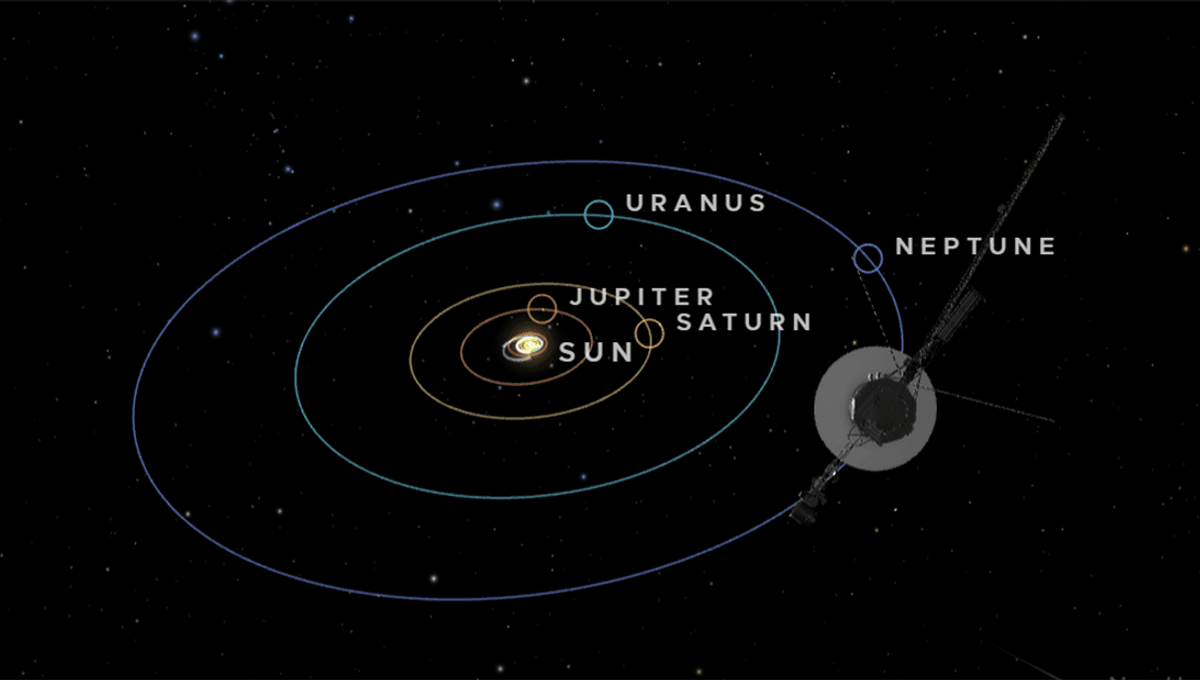
NASA’s Voyager 1 spacecraft has resumed sending back science data, six months after it began sending garbled patterns of zeroes and ones.
Voyager 1 has traveled further than any human-made object, crossing the heliopause and heading into interstellar space. While doing this, it has continued to send back useful data to Earth, helping us learn about the space between stars outside of our own Solar System. All this while working with just 69.63 kilobytes of memory, and running partly on code written in the archaic computer language Fortran 5.
“The button you press to open the door of your car, that has more compute power than the Voyager spacecrafts do,” Voyager project manager Suzanne Dodd explained to NPR. “It’s remarkable that they keep flying, and that they’ve flown for 46-plus years.”
With such a mission, you’d expect the occasional challenge, even before you take into account the high-radiation environment it is heading through. And the Voyager 1 mission has certainly faced its share of challenges.
“Normal operations were interrupted last year when Voyager 1 began sending a signal back to Earth that contained no science or engineering data,” NASA explained in a statement. “The team eventually determined the issue stemmed from a small portion of corrupted memory in the flight data subsystem, one of the spacecraft’s three computers.”
On May 17, NASA sent commands to the aging probe. It takes 22.5 hours for a signal to reach the spacecraft, before another 22.5 hours for a return signal, meaning there was a tense wait to see if the fix had worked.
Fortunately, the fix appears to have worked, with several systems now functional once more.
“The plasma wave subsystem and magnetometer instrument are now returning usable science data,” NASA added. “As part of the effort to restore Voyager 1 to normal operations, the mission is continuing work on the cosmic ray subsystem and low energy charged particle instrument.”
Fingers crossed that other instruments can be fixed, and Voyager can continue to send back useful data, before the plutonium-powered system that powers the craft eventually runs out of juice.
Source Link: Voyager 1 Has Resumed Sending NASA Science Data, After 6-Month-Long Glitch